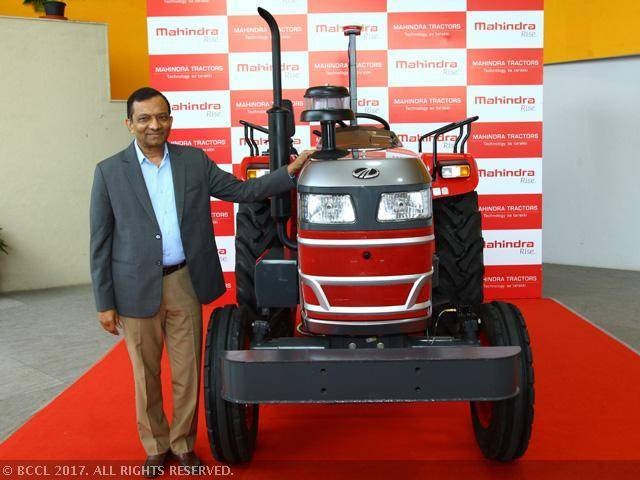
They will relieve farmers of repetitive tasks like sowing and harvesting
October 24 2017: Some of the most important tasks in agriculture are also the most repetitive -- and boring. Sowing seeds, tilling the soil, watering the crops, harvesting the crop. The tractor has come to the rescue of many of these operations -- and variety of towed accessories, ensure that many of the key operations in farming can be done mechanically. This has not changed much in the last 50-60 years.
But now new technology is poised to sharply redefine the human interventions required in farming. Farmers and agricultural workers can better spend their time than driving up and down the field in a straight line. How? By letting computers drive the tractors. Say hello to the driverless tractor.
Driverless cars have been in the news for over a year now. Companies like Tesla and Google have been putting intense R&D efforts into autonomous cars. Tesla's CEO Elon Musk, Ford, and Toyota have predicted that they'll be here as early as 2021. But there are many problems with putting commercial passenger cars on roads -- safety and obstacle avoidance are the major worries.
But what if there are no obstacles -- at least no living ones? That makes driverless cars much, much more attractive. And an Indian company - Mahindra & Mahindra -- has been working on these lines.
Indian company shows the way
In September M&M unveiled India's first driverless tractor at the Mahindra Research Valley near Chennai. The company which has a 43 % market share in the Indian tractor business says it will launch its driverless farm vehicles in 3 steps: In 2018, it will launch a driver-assist model, that allows the driver to automate many of the functions like tilling or cropping pattern. Then it will launch a quasi driverless model, where the driver can take his hands off the steering wheel, with GPS based auto steering taking over. Finally in 2019, it will offer farmers a fully driverless tractor which can do auto-steering, auto turn to plough in parallel lines, auto implement lift, remote engine stop and geofencing, ie setting a boundary within which the tractor works
This is not science fiction. M&M demonstrated all three levels of automated tractor at the media event last month.
There are some challenges:
Mahindra is the first -- but may not be alone for long. Othe tractor-makers can be expected to follow suit by next year, because driverless, farm vehicles are the safest driverless driving platforms today and can be expected to be a world-wide phenomenon.